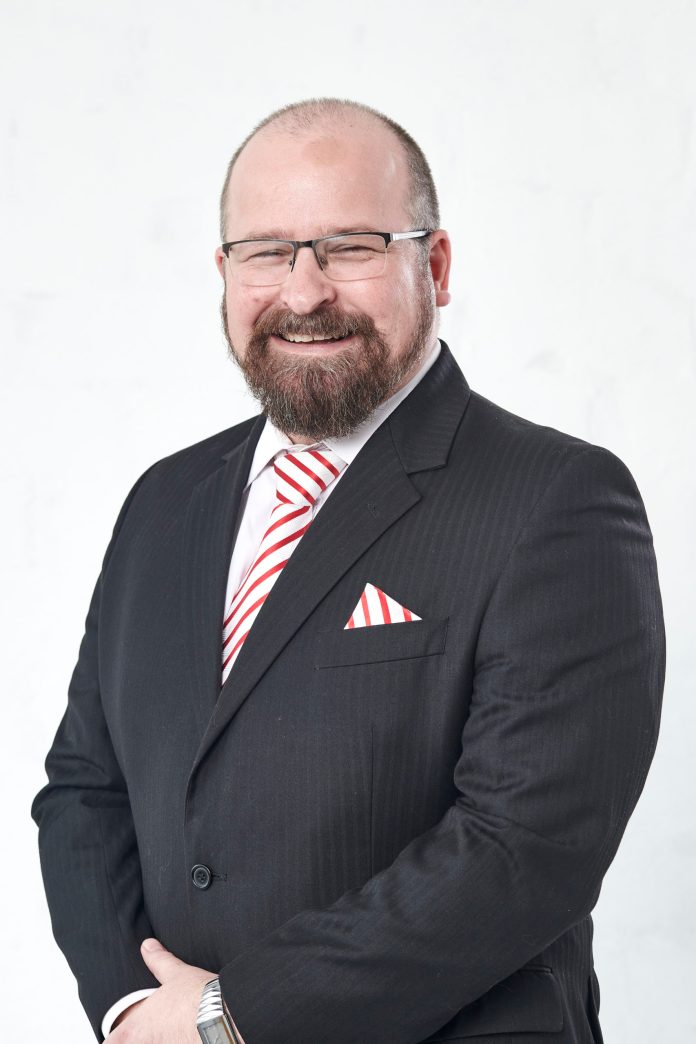A five-step process that will give you the structure you need to achieve financial independence
South African’s recently commemorated Freedom Day, a celebration of our nation’s struggle for democracy. But how many of us are truly free?
Freedom means being able to do what you want, when you want – within the confines of the law of course. But how many South African’s actually have enough money to live the lives they choose?
According to Colin Long, a Director and Advisory Partner at Consolidated Wealth, very few South African’s can afford their lifestyles. “Being financially free means that you have enough savings, investments and cash to afford the lifestyle that you want for yourself and your family,” Colin explains. “And the truth is that most South African’s suffer from “stuffitis”. We buy things we don’t need with money we don’t have to impress people we don’t like.”
The result is that many of us live with more debt than we can afford and we become hamsters on a wheel, working harder and harder to maintain momentum because if we slow down, we will be unable to maintain our lifestyles.
“Treasury estimates that only 6% of South African’s will retire on a livable income. These findings are based on a survey of more than 15 million economically active people with a monthly income of over R8 000. That’s really concerning as it confirms that debt is a national issue, a very real problem across our entire society,” Colin reports.
But how do you achieve financial freedom? Colin recommends a five-step process that will give you the structure you need.
1. Start a Budget
The first step towards financial independence is setting a budget. Be ruthless and separate your needs from your wants. Include all your regular spending such as your bond or rental costs, utilities, credit card bills and other loans as well as your groceries and school fees. It’s possible that you are spending more than you are making, so you will have to figure out where you can cut back. Once you’ve got a realistic budget in place, stick to it.
2. Pay off your small debts first
List all your debts from the largest to the smallest and include the interest you are paying for each. Now make a plan to pay off the smallest debt first and then tackle the next smallest debt and then the next. It may seem strange that you pay off your smallest debt first but this will give you a psychological win that will keep you on track.
3. Create a Financial Plan
Once you’ve got your budget and your debt is under control, it’s time to speak to a financial planner. Their first goal will be to put together a plan that protects your income and provides cover for your family should you fall ill or pass away. This will include medical aid, gap cover and life and disability cover. Make sure you are working with a Certified Financial Planning Professional (CFP®) as this will ensure you will get good financial advice.
4. Draw up a Will
Your next step is to draw up your will. If anything happens to you, this will help your family as there is a clear set of guidelines about how your assets should be distributed.
5. Start saving for your Retirement
With everything in place, you can now start working with your financial planner on your retirement plan. Ideally, you should consider saving 10 to 15% of your income for retirement and your adviser will tailor a plan that’s attuned to your circumstances. They will meet with you regularly to ensure that your plan is on track and make any necessary adjustments should your circumstances change.
Now you have some direction, it’s time to start putting your financial plans in place. These five steps will help you develop a solid structure that will put you on the track to true financial freedom so that you are better able to provide for your family and yourself, not to mention the awesome feeling of being debt-free.












